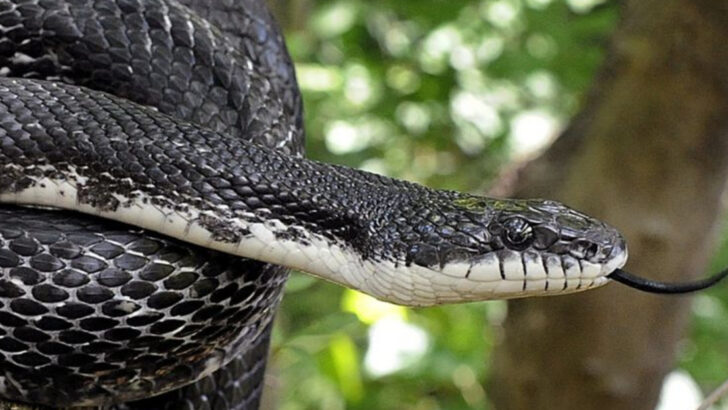Not everything with fangs is out to get you.
Some of the most feared creatures in America are just… misunderstood.
Wrong place, wrong time, bad PR.
That snake you thought was deadly? Totally harmless.
That “killer” spider? Chill and reclusive.
That bird everyone swears is aggressive? Just a little loud and dramatic.
We’ve turned shadows into monsters and overlooked the real troublemakers.
Meanwhile, the innocent ones keep getting blamed for crimes they didn’t commit.
It’s time to set the record straight.
These are the 20 animals labeled as “dangerous” that deserve a second look—and maybe even an apology.
Gopher Snake
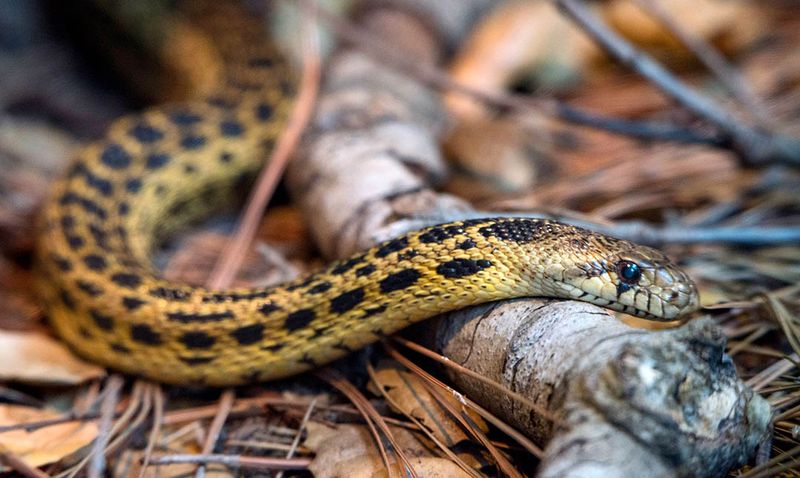
Often mistaken for the venomous rattlesnake, the gopher snake is a harmless reptile with a deceptive appearance. Its coloration and pattern closely resemble the rattler, which is why many fear it at first sight.
However, the gopher snake plays a crucial role in the ecosystem by controlling rodent populations. It mimics a rattlesnake’s defensive behavior by hissing and shaking its tail in dry leaves, adding to the confusion.
Despite their intimidating display, these snakes are non-venomous and beneficial. They’re a testament to nature’s fascinating mimicry.
Bald-Faced Hornet
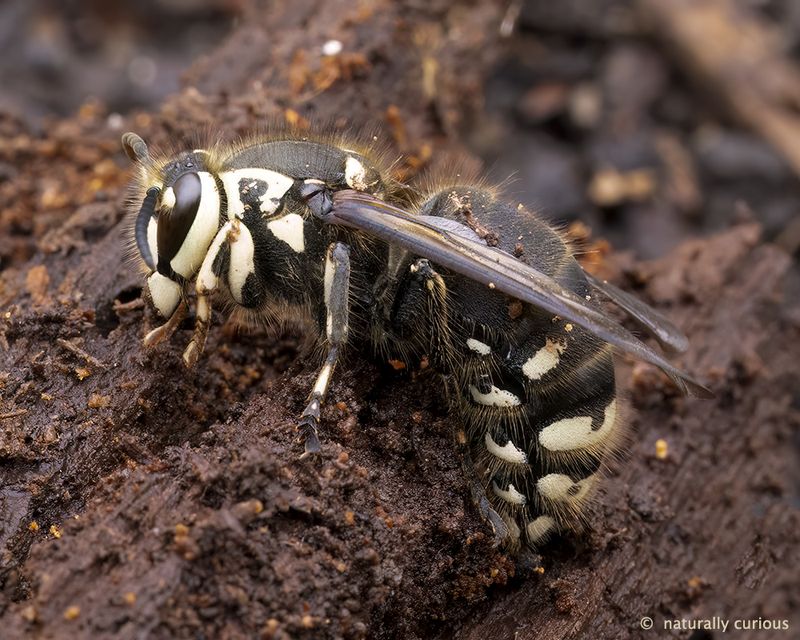
The bald-faced hornet, though fearsome in appearance, is less aggressive than many believe. With its striking black body and white face, it’s often confused with yellowjackets or feared for its size.
These hornets are beneficial, reducing pest insects and contributing to pollination. While they defend their nests vigorously, they generally avoid conflict.
Their nests, often hanging in trees, are impressive papery structures. Learning to coexist with these creatures can be rewarding, and appreciating their role in nature is vital.
Garden Spider
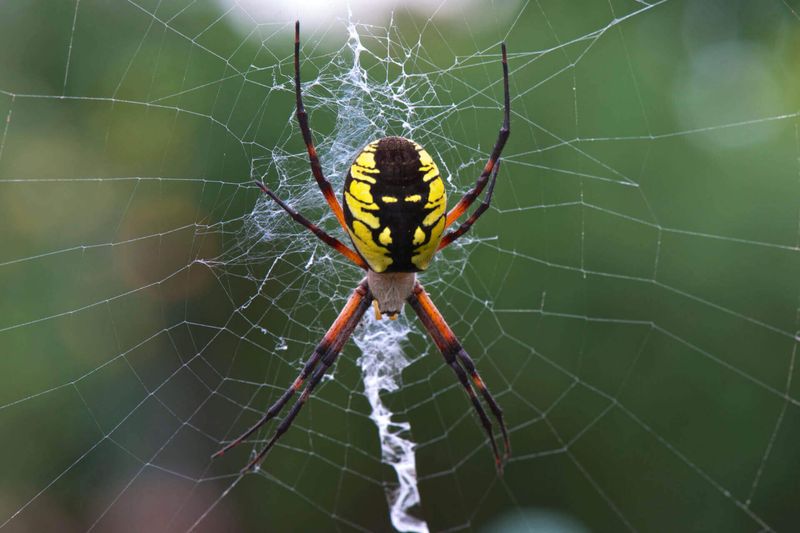
The garden spider, with its vivid colors and large webs, often incites fear of a deadly bite. However, it is non-aggressive to humans and beneficial in controlling insect populations.
Its strikingly patterned body and large, intricate webs are mistaken for danger, yet they pose no threat. Garden spiders are fascinating weavers, crafting webs that glisten in the morning dew.
Embracing these spiders in gardens can lead to fewer pests and a deeper appreciation for their artistry and ecological contribution.
Milk Snake
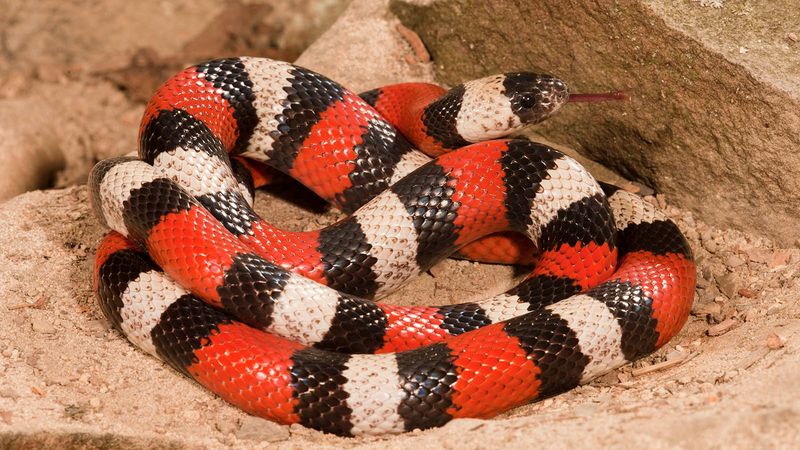
Mistaken for the venomous coral snake, the milk snake is a harmless beauty of the reptile world. Its bands of red, black, and yellow lead to misidentification, but the rhyme “Red on black, friend of Jack” helps in distinguishing them.
Milk snakes are gentle and prefer avoiding humans. They are secretive creatures that play a significant role in controlling pests.
Their presence is a blessing for farmers and gardeners, making them a misunderstood ally rather than a foe.
Vulture
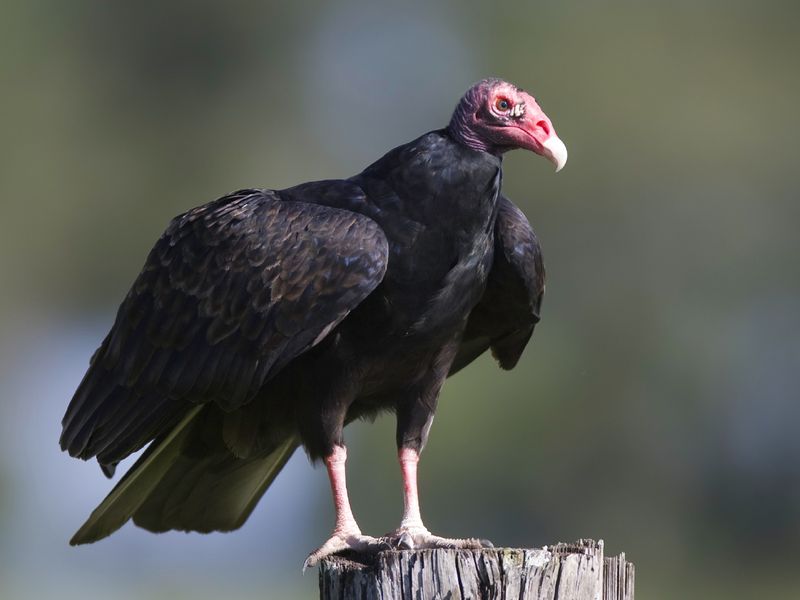
Vultures, often seen as ominous scavengers, play a crucial ecological role. Misunderstood as harbingers of death, they’re essential for cleaning up carrion and preventing the spread of disease.
Their bald heads, adapted for hygiene, add to their eerie image. Yet, vultures are nature’s sanitation workers, providing a valuable service.
Observing a vulture in flight reveals grace and efficiency, challenging preconceived notions and inviting a deeper understanding of their importance.
Bumblebee
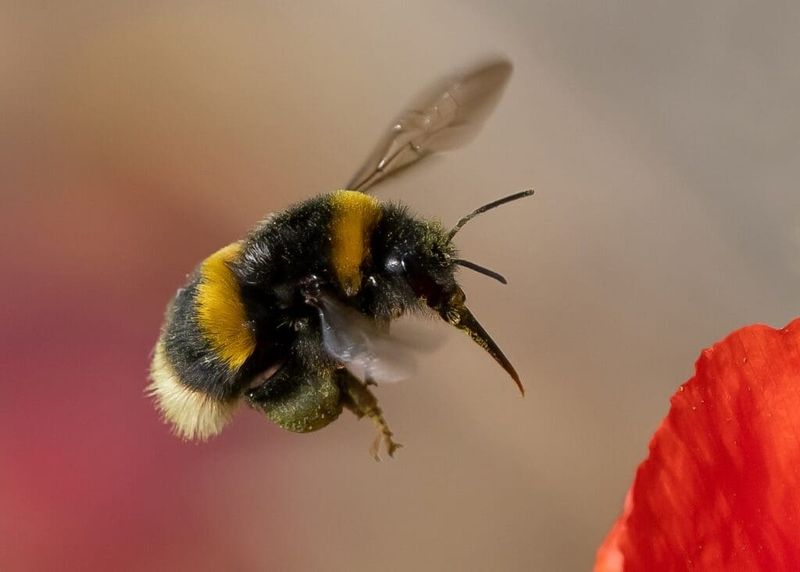
The bumblebee, with its plump body and fuzzy appearance, is often mistaken for an aggressive stinger. However, these bees are gentle pollinators, crucial for the health of many ecosystems.
Their buzzing can cause alarm, but bumblebees are typically non-confrontational and focused on their vital work of pollination.
Encouraging bumblebee habitats contributes to vibrant gardens and a balanced ecosystem. Their presence is a reminder of the interconnectedness of nature.
Wolf Spider
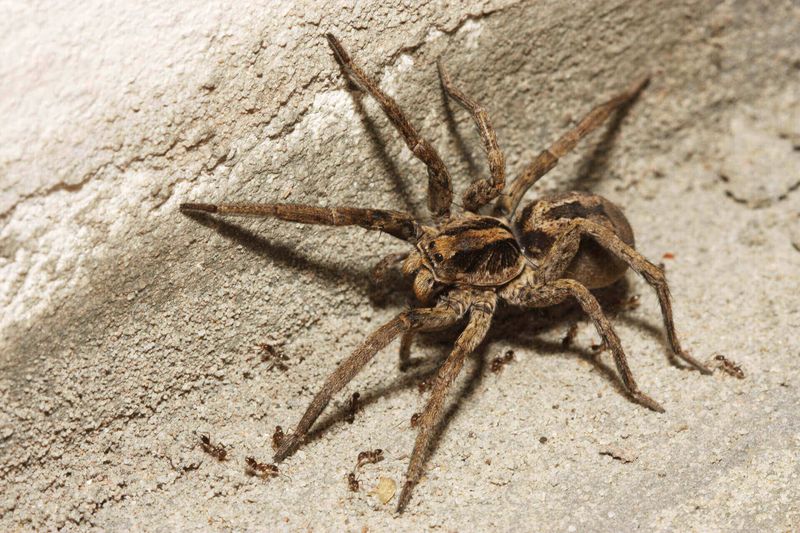
Despite their intimidating appearance, wolf spiders are not harmful to humans. Their robust bodies and fast movements can evoke fear, yet they are shy and prefer solitude.
Wolf spiders do not spin webs; instead, they hunt prey at night, contributing to pest control. Observing their nocturnal behavior reveals a different perspective.
Understanding their role in ecosystems can help diminish fear and foster appreciation for these misunderstood creatures.
Bats
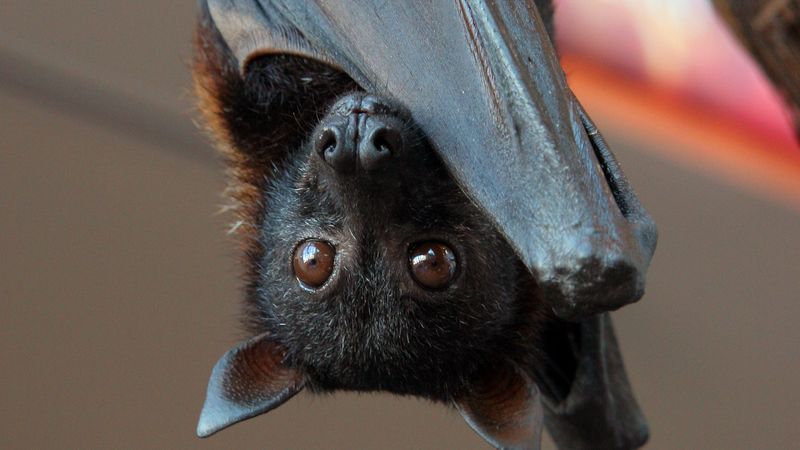
Bats are often unfairly associated with darkness and disease, yet they are vital for pest management and pollination. Their silent, erratic flight can be unsettling, but they play a crucial ecological role.
Misconceptions about bats lead to unfounded fears. Observing them during twilight hours highlights their impressive aerial skills.
Encouraging bat populations helps control insects and supports biodiversity, making them essential allies in nature.
Praying Mantis
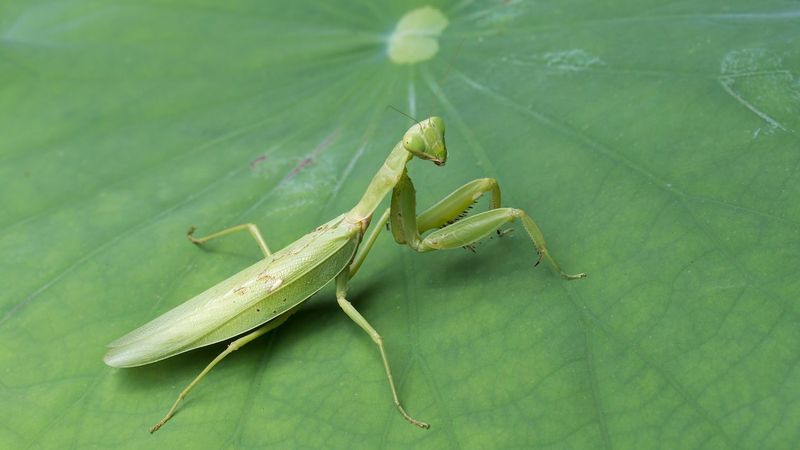
With its alien-like appearance, the praying mantis can seem menacing. Yet, it is a beneficial predator, known for its ability to control garden pests.
Its elongated body and unique posture are often misunderstood as threatening. However, the mantis is non-aggressive towards humans and fascinating to observe.
Embracing mantises in gardens aids in natural pest regulation, and their presence is a marvel of nature’s design.
Black Rat Snake

The black rat snake, often mistaken for more dangerous counterparts, is a harmless and beneficial reptile. Its glossy black scales can appear intimidating, leading to unnecessary panic.
Rat snakes are skilled climbers and play a significant role in controlling rodent populations. Observing them reveals a creature of grace and utility.
Understanding their ecological contribution can help diminish fear and promote coexistence with these valuable reptiles.
Mole

Moles, often seen as garden pests, are misunderstood creatures with a vital role in aerating soil. Their underground activities can cause frustration, yet they contribute to a healthy ecosystem.
Their velvety fur and burrowing prowess are uniquely adapted for life beneath the surface. Moles help control insect populations and improve soil quality.
Appreciating their contribution can lead to a more balanced view of these subterranean mammals.
Opossum
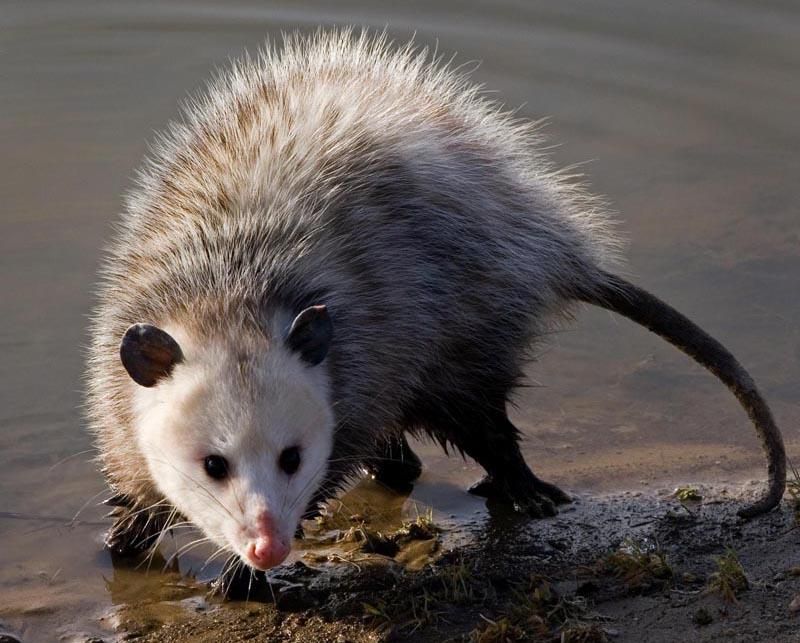
Often perceived as dirty scavengers, opossums are misunderstood marsupials with a defensive play-dead act. Their rat-like appearance and nocturnal habits can evoke fear.
However, opossums are beneficial for controlling ticks and cleaning up waste. Their immune system allows them to eat decaying matter without ill effects.
Recognizing their ecological role reveals an ally in maintaining balance in nature.
House Centipede
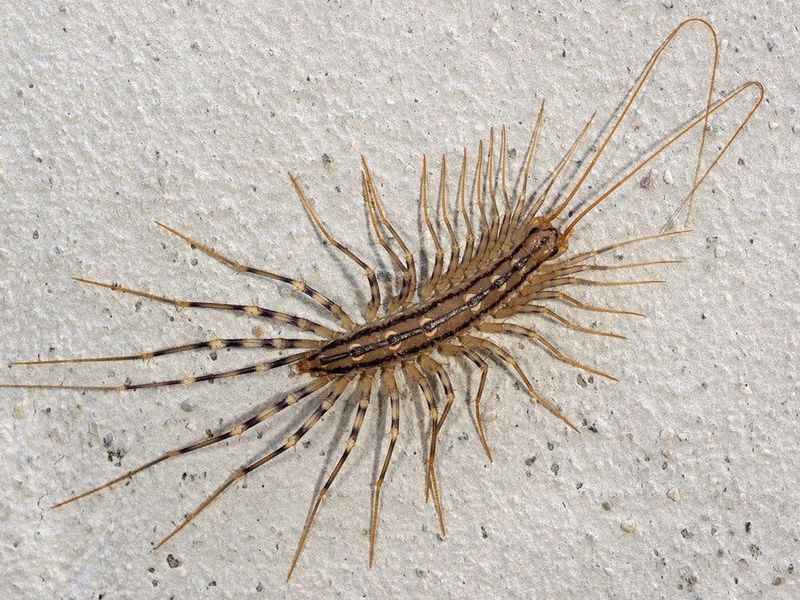
The house centipede, with its multitude of legs and swift movements, often incites fear. Yet, it is a harmless predator of household pests.
Their long legs and quick darting can startle, but they are beneficial in controlling insects like spiders and roaches.
Understanding their role as natural pest controllers can change fear into appreciation for these agile arthropods.
Skunk
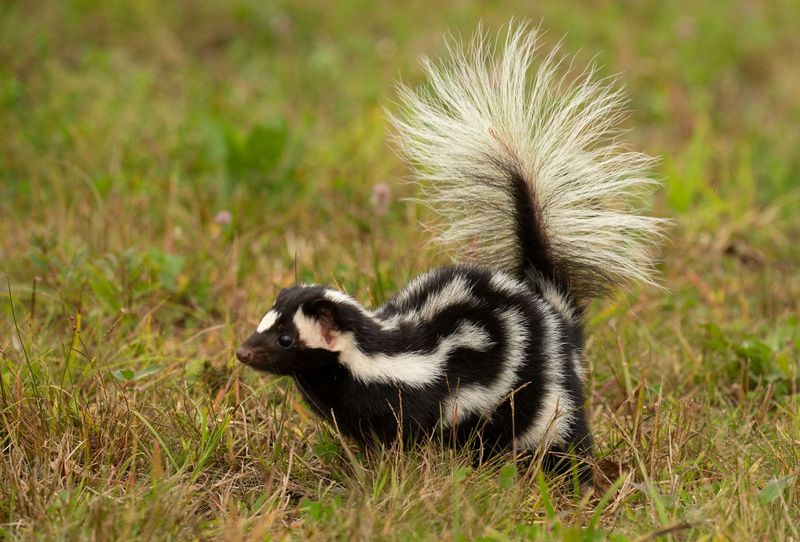
Skunks, notorious for their potent spray, are often viewed as pests. Yet, they play a crucial role in controlling insects and rodents.
Their bold black and white stripes serve as a warning, but skunks are generally docile and avoid confrontation. Observing their foraging habits reveals a misunderstood creature.
Appreciating their ecological benefits can lead to coexistence with these uniquely adapted mammals.
Coyote
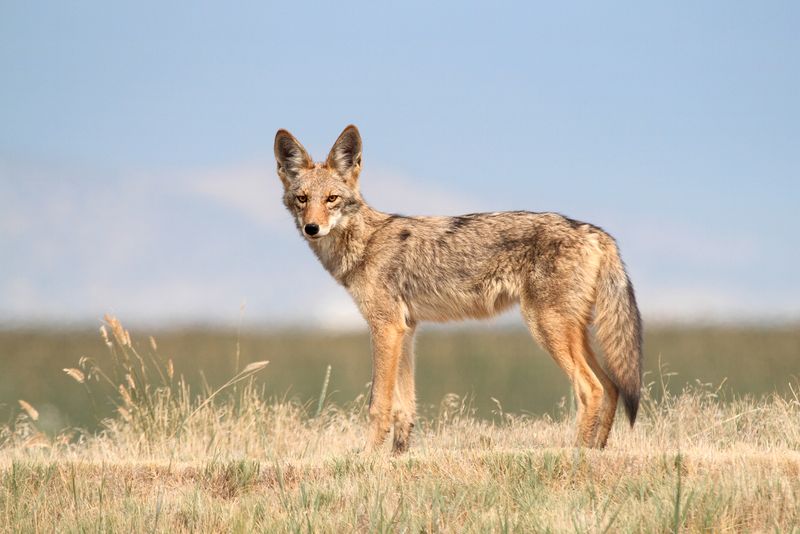
Coyotes, often seen as threats to livestock, are misunderstood opportunistic feeders with a complex social structure. Their eerie nighttime howls add to their fearful reputation.
However, coyotes adapt well to changing environments and help control rodent populations. Understanding their behavior can foster respect for these adaptable canines.
They are part of the landscape’s cultural and ecological fabric, deserving recognition beyond their mythic portrayals.
Raven

Often associated with omens, ravens are intelligent birds with complex social behaviors. Their dark plumage and croaky calls contribute to their mystique.
Ravens are problem solvers and play an essential role in the ecosystem by cleaning up carrion. Observing them reveals a creature of wit and adaptability.
Their presence in folklore and nature alike invites a reevaluation of their feared reputation.
Bull Shark
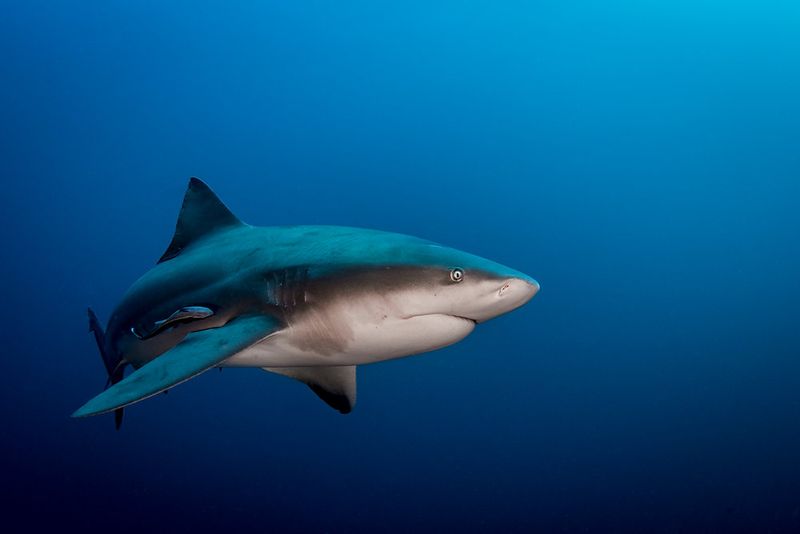
The bull shark’s reputation as aggressive stems from its presence in shallow waters, yet these encounters are rare. They are often misunderstood due to their adaptability to freshwater.
Bull sharks play a vital role in marine ecosystems, maintaining balance within their habitat. Observing their interaction with the environment offers insight into their importance.
Respecting their space and understanding their nature can reduce fear and promote conservation efforts.
Raccoon
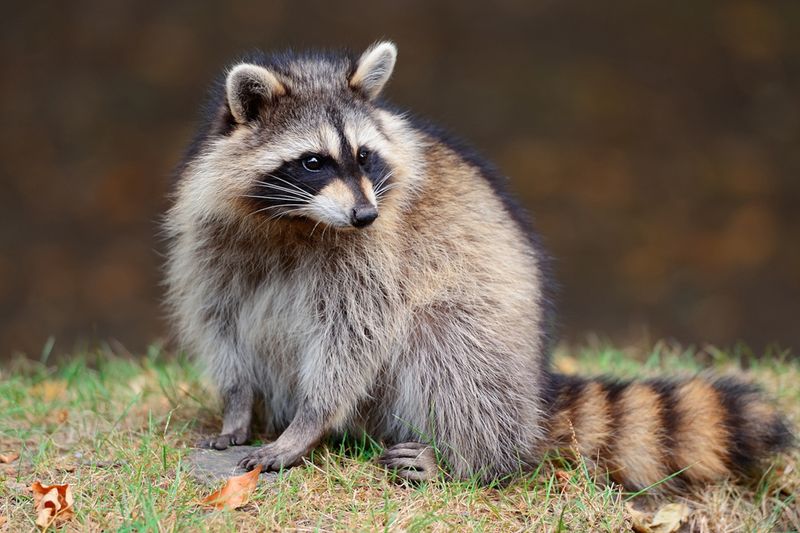
Raccoons, known for their masked appearance and nocturnal raids, are often labeled as nuisances. Yet, they are intelligent scavengers that adapt to urban environments.
Their dexterous paws and curious nature allow them to solve problems and access food. Observing raccoons reveals resourcefulness that benefits ecosystems by controlling pest populations.
Understanding their adaptability highlights their role in urban wildlife.
Great Horned Owl
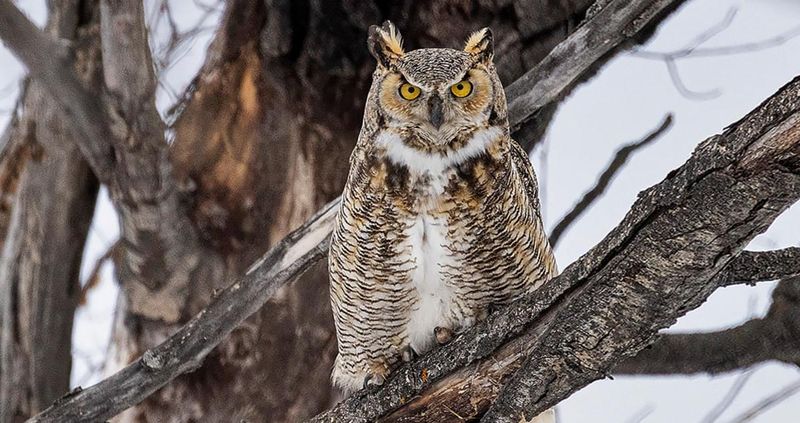
The great horned owl’s haunting hoots and piercing gaze often evoke fear, yet they are skilled hunters and protectors of their territory.
Their silent flight and nocturnal habits add to their mysterious image. Owls help control rodent populations, providing ecological balance.
Observing an owl in its natural habitat reveals a creature of power and grace, deserving admiration.
Alligator Gar
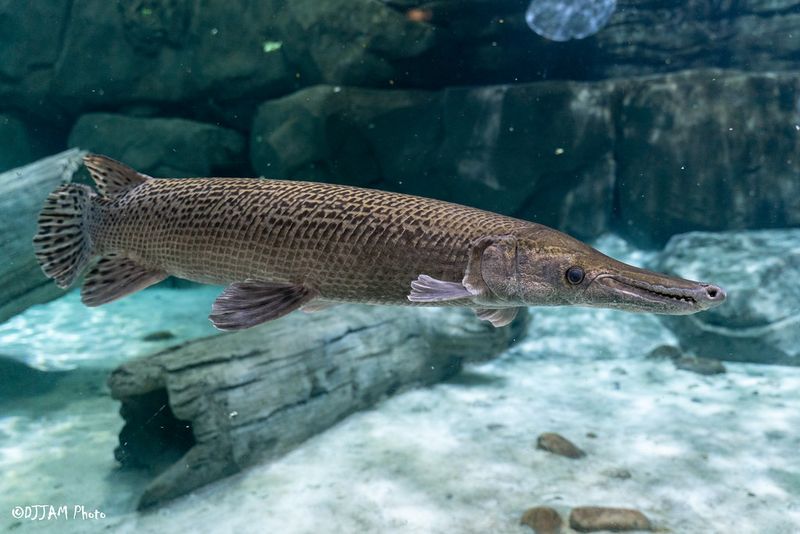
The alligator gar, with its prehistoric appearance, is often feared as a dangerous predator. However, these fish are generally non-aggressive to humans.
Their elongated bodies and sharp teeth contribute to their fearsome image, but they play a crucial role in aquatic ecosystems, controlling fish populations.
Respecting their habitat and understanding their ecological role can transform fear into appreciation for these ancient creatures.

